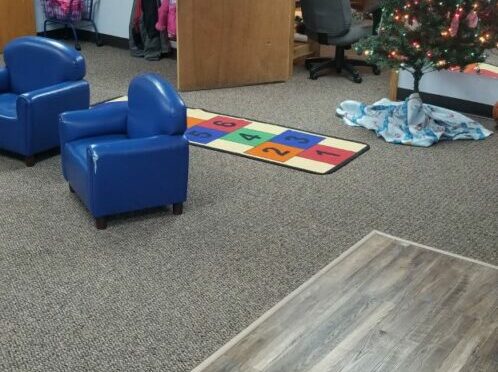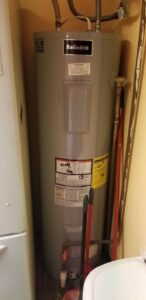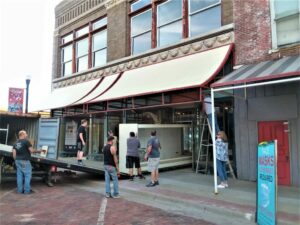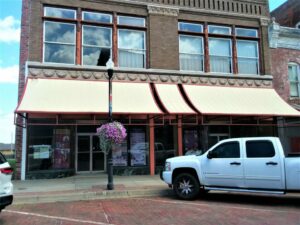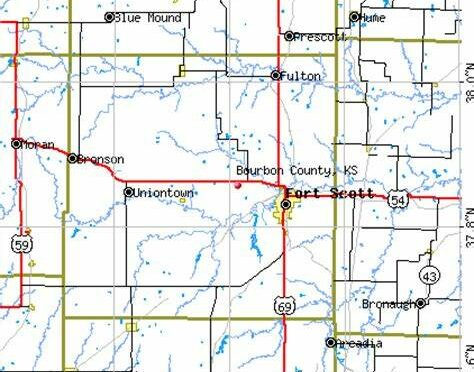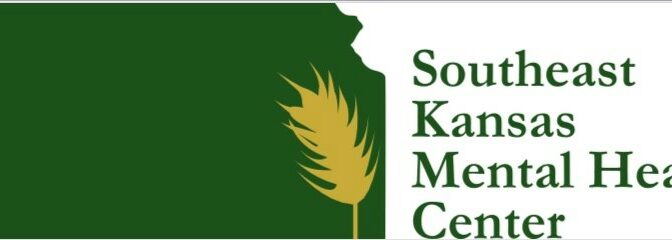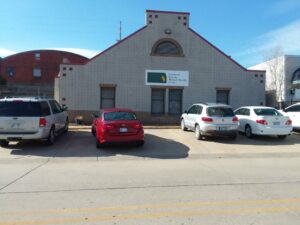
Heartland Rural Electric Cooperative is adding solar power to its business.
“All of Heartland’s consumer-members will benefit from the two solar arrays that we are building,” Ron Graber, Heartland’s Director of Member Service andCommunication said.
The electric cooperative is joining with 11 other Kansas rural electric cooperatives to invest in 20 Megawatts of solar power to be built across the state, and power 80,000 homes across rural Kansas, according to a press release from Heartland.
“Even though the solar arrays will directly feed only two of our 17 substations, the arrays will provide affordable power that helps us keep power costs low for everyone,” Graber said. “In addition, the arrays are being designed to produce power during peak hours late in the day. That peak usage plays a big part in the price the co-op pays for power. So lowering that peak use will help us manage overall power costs for everyone.”
The solar panels will reduce the business’s amount of greenhouse gases and specifically carbon dioxide emitted.
“Because solar power is renewable and carbon-free, building these two arrays helps us reduce our carbon footprint, and that helps everyone,” Graber said.
Heartland’s portion of the project consists of two solar arrays of 1 Megawatt each, according to the press release. Preliminary work has already begun on the two tracts of land purchased by Heartland for the project. Groundbreaking was held on Tuesday, December 8. Construction should be completed by June of 2021.
One Heartland 1-MW array will be located in Crawford County, just west of Girard near Greenbush along Highway 47, according to the press release. The second Heartland 1-MW solar array will be built in Neosho County between Erie and Chanute along 160th Road (Shaw Road.)
The two Heartland solar arrays, and the 18 other arrays in Kansas, will all be built and owned by Today’s Power Inc, a North Little Rock-based company established by rural electric cooperatives in Arkansas, according to the press release. Today’s Power Inc. has successfully installed more than 25 solar projects totaling more than 40 Megawatts over the last five years in Arkansas, Oklahoma and Tennessee. Heartland has signed a purchased-power-agreement with Today’s Power Inc. to buy the solar energy produced by the two arrays for the next 25 years.
This opportunity began when the wholesale power contract between all participating cooperatives and their forward-thinking generation and transmission cooperative, Kansas Electric Power Cooperative, was recently modified to provide Kansas electric cooperatives with the ability to self-procure up to 15 percent of peak demand – with 5 percent of that amount specifically allowing for the addition of solar, according to the press release.
By joining together in the Kansas Cooperative Sun Power Program, all of the participating Kansas rural electric cooperatives were able to negotiate very competitive long-term pricing, according to the press release. In addition, the solar arrays will be customized in the design process to maximize output during the cooperative’s peak demand hours, when power is most expensive. These factors will all help Heartland control power costs and keep power affordable for those served at the cooperative’s 11,200 service locations.
Heartland currently has more than 60 members with almost 700KW of solar panels installed on their own property, according to the press release.
Heartland Rural Electric Cooperative provides power to more than 11,000 locations in Southeast and Central Eastern Kansas, according to the press release. Heartland’s service area includes consumer-members in 12 counties, including Allen, Anderson, Bourbon, Cherokee, Coffey, Crawford, Labette, Linn, Miami, Neosho, Wilson, and Woodson counties. Heartland REC traces its roots back to three original rural electric cooperatives, Cooperative Electric Power & Light Company, Sugar Valley Electric Cooperative Association, (which came together to form United Electric Cooperative in 1975) and Sekan Electric Cooperative Association (which combined to become Heartland in 1996.)

